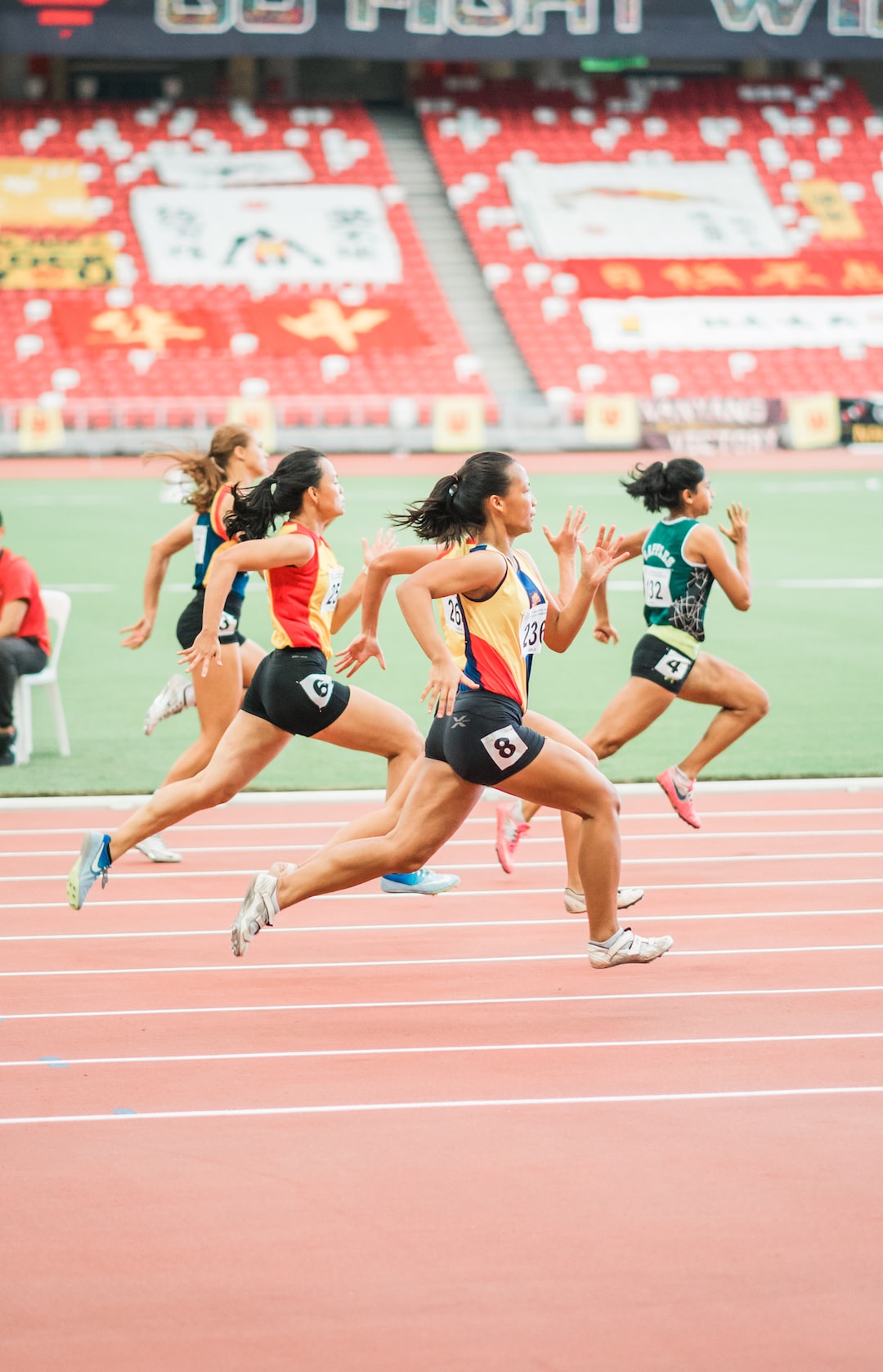The Science behind Sports: How Physics and Biomechanics Affect Performance
Sports have always been a fascinating field where athletes push their bodies to the limits to achieve extraordinary feats. While talent, dedication, and training play crucial roles in an athlete’s success, the science behind sports, particularly the fields of physics and biomechanics, also heavily influences performance. Understanding the principles of physics and biomechanics can give athletes a competitive edge and help them optimize their training and technique.
One fundamental principle of physics that applies to all sports is Newton’s laws of motion. The first law states that an object at rest tends to stay at rest, while an object in motion tends to stay in motion unless acted upon by an external force. In the context of sports, this means that athletes must exert a force to overcome inertia and initiate movement. For example, a soccer player needs to apply a certain force to the ball to kick it into motion.
The second law of motion explains the relationship between force, mass, and acceleration. According to this law, force is equal to mass multiplied by acceleration. This equation highlights the importance of increasing both force and acceleration in sports. Athletes can increase the force they apply to an object, such as a golf club or a basketball, by optimizing their technique and using the proper mechanics. Similarly, increasing acceleration, whether in sprinting or swimming, can lead to faster times and improved performance.
The third law of motion states that for every action, there is an equal and opposite reaction. In sports, this principle is evident when athletes jump, run, or strike an object. For example, a tennis player exerts a force on the racquet to hit the ball, and the racquet, in turn, exerts an equal and opposite force back on the player’s hand. Understanding this law can help athletes anticipate and react to forces exerted on their bodies, enabling them to generate more power or avoid injury.
Biomechanics, on the other hand, focuses on how the body moves and the forces that act on it during physical activities. By understanding the mechanics and forces involved in sports movements, athletes can optimize their technique and reduce the risk of injury. For example, in a high jump event, biomechanical analysis can identify the most efficient take-off angle and optimal body positioning to clear the highest bar.
Biomechanics also plays a crucial role in understanding injury prevention and rehabilitation. By studying the mechanics of the body and how it responds to different stresses, scientists and trainers can develop injury prevention strategies and rehabilitation programs. Analyzing an athlete’s running form, for instance, can help identify any imbalances or abnormalities that could lead to long-term injuries.
Moreover, biomechanics can help athletes improve their performance in specific sports. By analyzing the mechanics of specific movements in sports, such as a golf swing or a basketball free-throw, experts can identify flaws in an athlete’s technique and suggest modifications to optimize performance. These modifications could include adjusting joint angles, improving body positioning, or changing the sequence and timing of movements.
In recent years, advancements in technology have enabled scientists and coaches to delve even deeper into the science behind sports. Motion-capture systems, force plates, wearable sensors, and high-speed cameras provide valuable data that can be analyzed to optimize training and technique. For example, using motion-capture systems, trainers can precisely track an athlete’s movements, identify areas for improvement, and provide instant feedback for correction.
In conclusion, the science behind sports, particularly physics and biomechanics, significantly influence an athlete’s performance. Understanding the principles of physics, such as Newton’s laws of motion, can help athletes generate more force and acceleration, giving them a competitive edge. Furthermore, biomechanics provides valuable insights into the mechanics of the body’s movements, enabling athletes to optimize their technique, prevent injuries, and improve performance. Embracing the science behind sports can unlock an athlete’s true potential and provide them with the tools they need to achieve greatness in their chosen sport.


